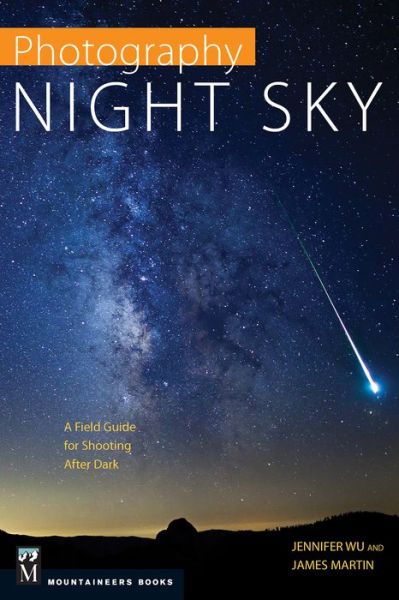Photography Night Sky: A Field Guide For Shooting After Dark ebook
Par wesley bobbie le jeudi, septembre 17 2015, 22:46 - Lien permanent
Photography Night Sky: A Field Guide For Shooting After Dark. Jennifer Wu
Photography.Night.Sky.A.Field.Guide.For.Shooting.After.Dark.pdf
ISBN: 9781594858383 | 176 pages | 5 Mb

Photography Night Sky: A Field Guide For Shooting After Dark Jennifer Wu
Publisher: The Mountaineers Press
Checklist of the most helpful things: Digital Camera with Manual Controls; Wide Angle Lens; Tripod; Flashlight or Headlamp; Intervalometer Remote Timer (Optional); Smartphone Star Map App (Optional); Dark Location at a Dark Time of Night .. Jul 5, 2012 - Your camera sensor will want to make the image a neutral color, which is fine in most cases. 01_Foreground You'll want to use a manual Kelvin white balance setting. Apr 21, 2014 - GZHEL, RUSSIAN FEDERATION: A view of the night sky over Gzhel region, some 80 km east of Moscow shows the star's path created by the earth rotation, early 12 August 2005. I captured this image completely in-camera (no Photoshop here) during a long exposure just after dusk. Because you need complete control over your aperture and shutter speed to nail your exposure, you absolutely must shoot in your camera's Manual Exposure Mode. Mar 7, 2011 - Don't be afraid of the dark… desert streaks1 Night Photography: How to Take Successful Pictures at Dark Part 1. But if you're shooting extremely light or extremely dark scenes, you'll want to adjust the exposure. Dec 26, 2013 - As the earth rotates, the stars appear to move across the sky during the night, but they move so slowly that the only way to really appreciate this phenomenon is through time lapse footage. The meteor The earth is still growing in size even after 5.5 billion years. We'll cover finding a When you choose your location make sure to go there before sunset so you will have enough time to scout the place and choose the best spot for shooting the stars. Even if both the moon and sun are set below the horizon, they will continue to turn the sky a blue tint even an hour or two after they set, forcing the white balance to a higher temperature Kelvin. Learn how in tomorrow's Tips and Tricks . On the night Taken from the Mojave Desert area near Victorville under a very dark and mostly clear sky, astro-photogrpaher Wally Pacholka captured this amazing picture during the annual cosmic fireworks show.
